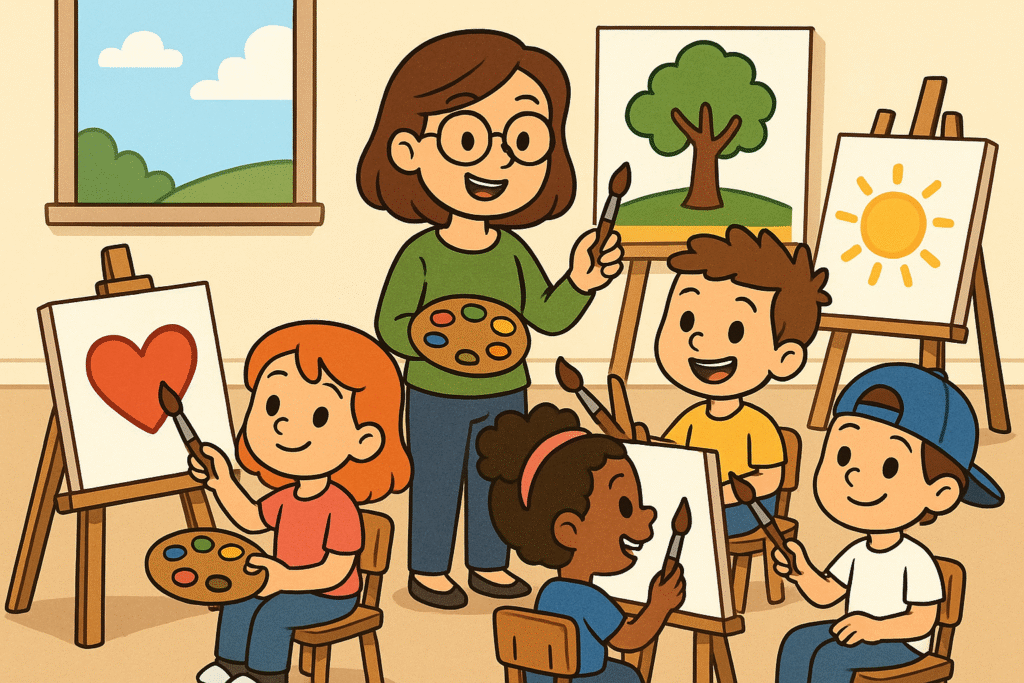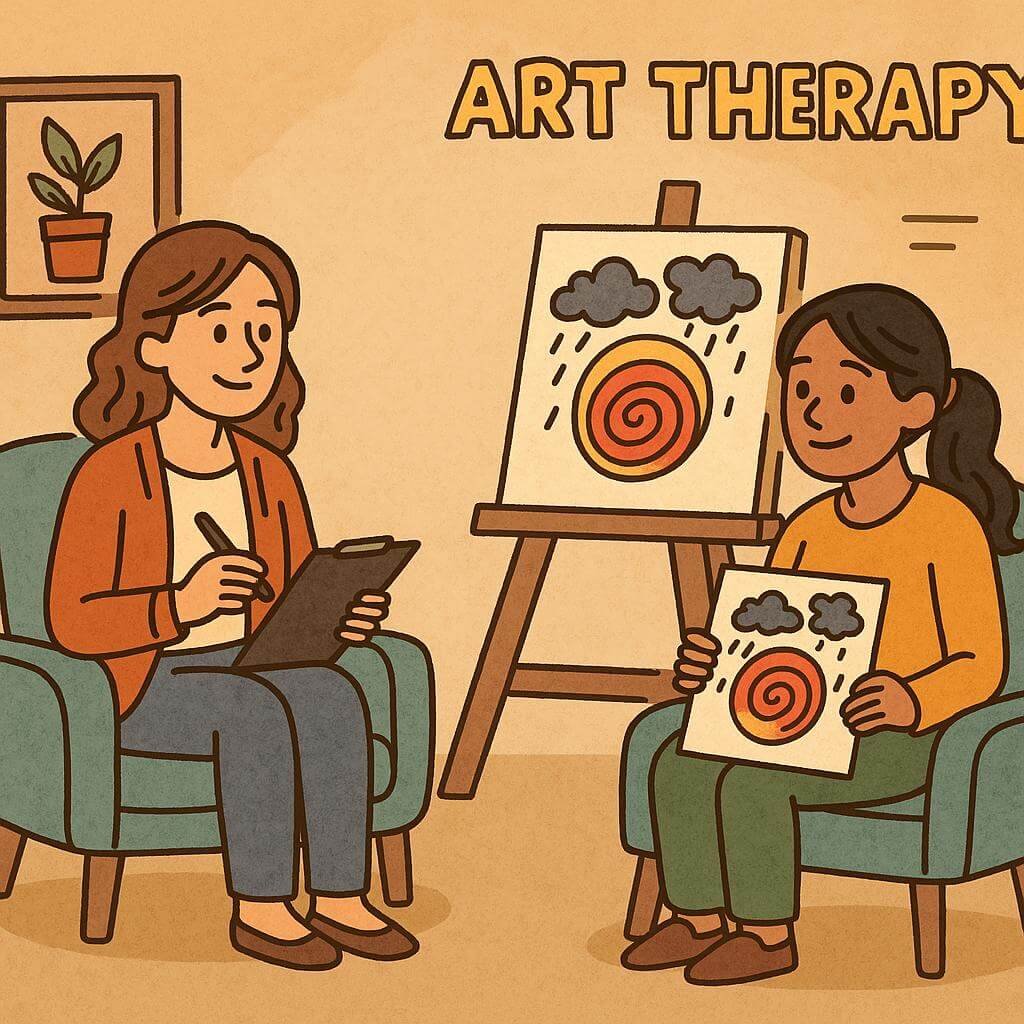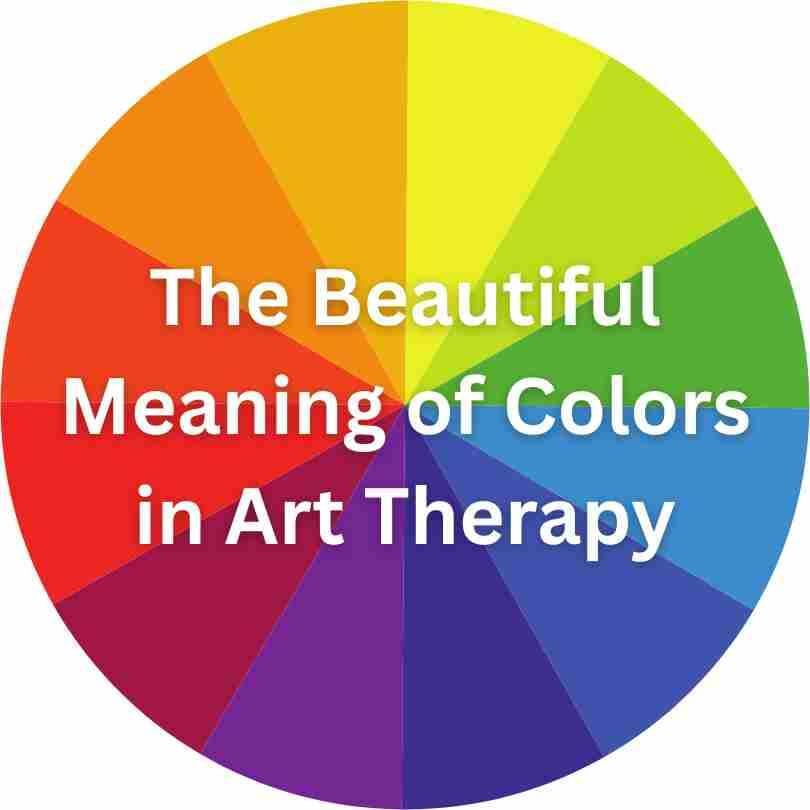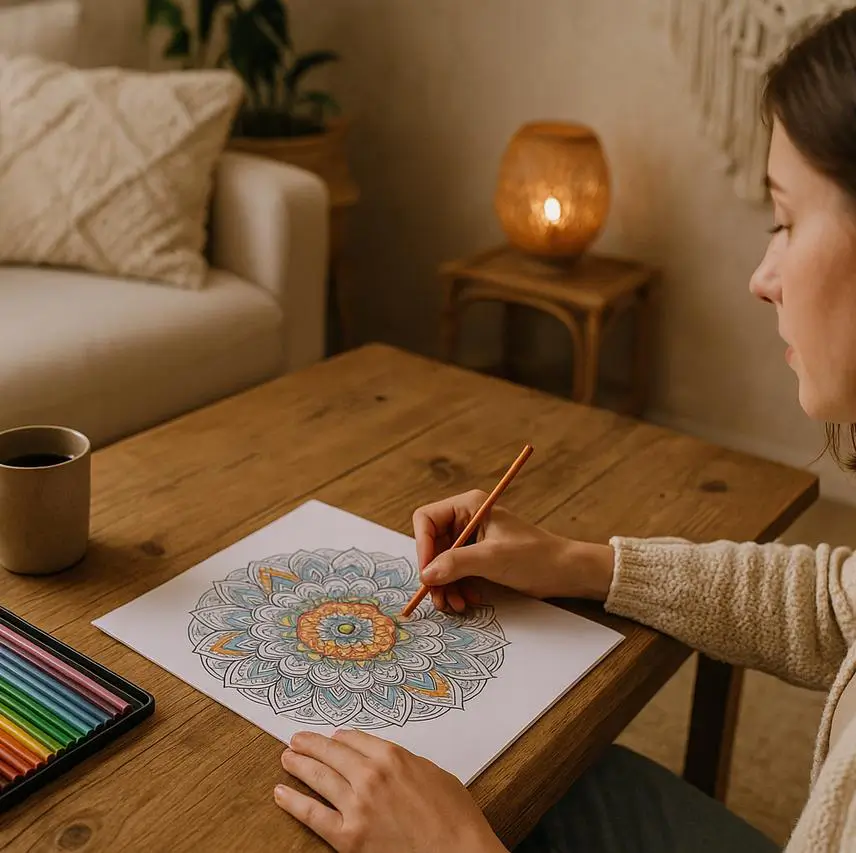Whether you’re picking up a paintbrush to unwind or joining a drawing workshop to improve your skills, it’s easy to assume that all creative activities are the same. But if you’ve ever heard someone mention “art therapy” and wondered how it’s different from a regular art class, you’re not alone. These two experiences might both involve making art—but the intentions, outcomes, and environments are surprisingly different.
In this article, we’ll break down the difference between art therapy and art classes in a simple, approachable way. By the end, you’ll have a clear understanding of each and be able to decide which path might be more meaningful for you—or your loved ones.
What Is an Art Class?

Let’s start with the basics.
An art class is usually focused on teaching a skill. Think of drawing, painting, sculpting, or even digital art.
These classes are often taught in schools, community centers, private studios, or online platforms.
You follow lessons, practice techniques, and get feedback to improve your artistic abilities.
Some typical characteristics of an art class:
• It’s usually led by a professional artist or trained teacher.
• The goal is often to improve technique or explore creative expression.
• Students may be graded, especially in school settings.
• You may follow a specific curriculum or syllabus.
• There’s a focus on visual results and final outcomes.
In short, it’s a place to learn how to create art.
What Is Art Therapy?

Now, let’s talk about art therapy.
This is a form of psychotherapy that uses the process of creating art to explore emotions, improve mental health, and promote healing.
It is facilitated by a certified art therapist who has training in both psychology and art-based interventions.
Art therapy isn’t about how good your art looks. It’s about what the act of creating reveals, unlocks, or soothes within you.
Key features of art therapy:
- It’s led by a trained mental health professional.
- The main goal is emotional insight, healing, or personal growth.
- You don’t need any artistic skill to participate.
- It’s often used to support those with anxiety, trauma, grief, or life transitions.
- The focus is on the process, not the product.
Skill vs. Self-Discovery
One of the most important distinctions is the intention behind the creative activity.
In an art class, you’re encouraged to build artistic skills—maybe you’re learning how to shade, mix colors, or draw anatomy. The process is educational.
In art therapy, however, the intention is self-discovery or emotional exploration. You might be guided to express your inner world through colors or forms, without any pressure to make it “look good.”
Let’s say you’re drawing a tree:
- In an art class, the teacher may show you how to sketch branches or create depth with light.
- In art therapy, you might be asked, “What does this tree represent to you?” or “How does drawing it make you feel?”
It’s the same action, but a completely different journey.
Who’s Leading the Session?

Another key difference lies in who is facilitating the experience.
Art Teachers:
- May have degrees in fine arts or visual arts education.
- Focus on artistic techniques and creative exploration.
- Often work in classrooms, studios, or community art spaces.
Art Therapists:
- Hold a master’s degree in art therapy or a related mental health field.
- Are trained in psychological theory, counseling, and clinical ethics.
- Often work in hospitals, wellness centers, mental health clinics, or private practice.
It’s important to note that while art teachers inspire creativity, only licensed art therapists are qualified to address emotional or psychological issues through art.
Can Art Classes Still Be Therapeutic?
Absolutely! Making art in any form can be relaxing, uplifting, and even life changing. Many people find peace and joy in a regular art class. Coloring mandalas, sketching from nature, or painting watercolors can reduce stress and bring a sense of fulfillment.
However, this doesn’t make the activity “art therapy” unless it’s guided by a professional with a therapeutic goal in mind. A creative hobby can be deeply healing—but healing on your own terms is not the same as clinical therapy.
So, yes—art classes can be therapeutic, but they are not therapy.
How Conversations Differ Between Art Therapy and Art Classes
Communication in an art class is often practical. You might ask:
“How do I draw a realistic eye?”
“What brush should I use for this texture?”
In art therapy, conversations might sound more like:
“When you used red in this part of your drawing, what were you feeling?”
“Let’s explore why you chose to leave that part of the paper blank.”
The dialogue goes beyond the art itself—it’s about what the art helps uncover.
Clinical Applications of Art Therapy
One of the most powerful things about art therapy is its clinical use in a variety of settings, including:
- Mental health support (anxiety, depression, PTSD)
- Trauma recovery
- Grief and bereavement counseling
- Support for children with developmental challenges
- Cancer treatment centers
- Elderly care and dementia support
In all of these cases, the creative process becomes a bridge to feelings that are difficult to express in words. And since art therapy is non-verbal, it is especially helpful for people who feel overwhelmed by traditional talk therapy.
What About Kids?
Children can benefit from both approaches, depending on their needs.
An art class might help a child explore creativity, learn patience, or develop fine motor skills.
An art therapy session might help a child work through emotional struggles like bullying, divorce, or social anxiety. Because kids don’t always have the vocabulary to explain how they feel, art therapy gives them a safe, symbolic language.
Even teens and young adults facing identity issues, grief, or school-related stress can benefit from art therapy’s gentle and supportive nature.
Can You Do Both?
Absolutely! In fact, many people do. You can explore art as a hobby while also working with an art therapist when you need deeper support. Both paths nurture your creativity—but in different ways.
Imagine it like this:
• Art class feeds your creative curiosity.
• Art therapy nourishes your emotional well-being.
Both are beautiful. Both are valuable.
Final Thoughts
It’s easy to confuse art therapy with an art class, especially since both involve colors, brushes, and creative freedom. But once you understand the heart of each approach, the differences become clear.
Art therapy is not about producing beautiful artwork—it’s about uncovering the beauty of your inner world and giving it the attention it deserves. It’s a safe, supportive process that helps you explore emotions, heal wounds, and discover new layers of yourself.
On the other hand, art classes offer joy, growth, and learning in their own right. They help us play, learn, and express ourselves more confidently.
Whichever path you choose—or if you walk both—you’re engaging with something profoundly human: the act of creating.
So, next time you pick up a pencil or sit in front of a blank canvas, ask yourself: Am I here to grow my skills, or to listen to my soul?
Either way, the journey is worth it.
Want to Try Art Therapy?
If you’re curious about art therapy and want to explore it further, you can:
- Reach out to a certified art therapist in your area.
- Join a guided online session focused on emotional healing.
- Start a daily art journal to connect with your feelings.
And if you’re simply looking to dive into a creative routine, go ahead and try a local art class or online workshop. Whatever you choose, you’ll be amazed at how art can open doors within you.

